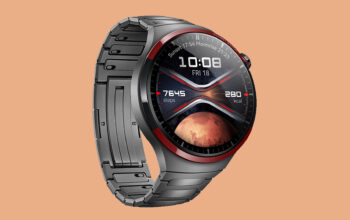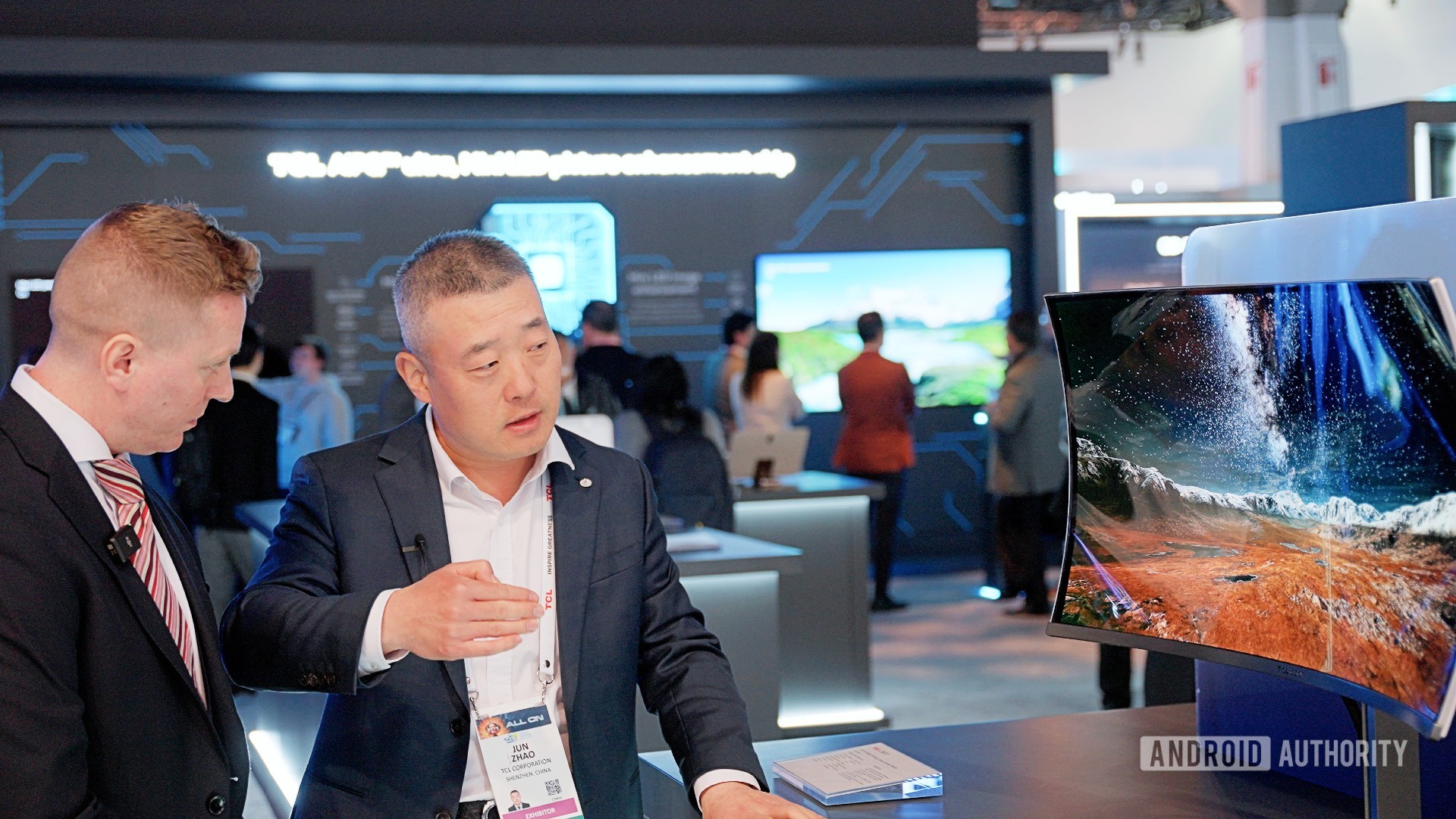
Damien Wilde / Android Authority
By Darcy LaCouvee
At the crossroads of innovation and technology, CES 2024 brought together some of the brightest minds in the tech world, including Zhao Jun, the CEO of TCL CSOT.
Founded more than 43 years ago, the TCL group is one of the leading players in China’s extremely competitive consumer electronics industry. TCL CSOT is TCL’s division focused on display technologies. The company is growing rapidly and looking to advance the industry development by its continuous innovations.
In an exclusive interview given to Android Authority on the sidelines of CES 2024, Zhao talked about some of TCL CSOT’s groundbreaking strides in display technology, notably its pioneering inkjet printed OLED technology.
The conversation also delved into TCL CSOT’s latest achievements in automotive display technology, reshaping how we interact with vehicles. The executive also highlighted TCL CSOT’s advancements in gaming displays, a category which the company only started exploring in 2019.
Crucially, Zhao also outlined TCL CSOT’s ambitious roadmap for the coming years, signaling a transformative journey ahead in the field of display technology.
Can you share more about the advantages of inkjet printing (IJP) in OLED manufacturing, and what is TCL CSOT’s plan for mass production of IJP OLED?
IJP OLED is being pioneered by TCL CSOT.
As opposed to conventional OLED manufacturing processes, the printing process has some clear advantages. First of all, it has high display performance – for example, IJP OLED technology can achieve stable high color gamut display in the current medium and large-sized OLED field. Even in low grayscale images, the DCI-P3 color gamut can remain above 99%, making the screen color comparable to the real world. Besides, blue light radiation can be reduced by 50%, effectively protecting eyes.
We can also make IJP OLED screens curved, so we can change the form of the product according to the customer’s requirements.
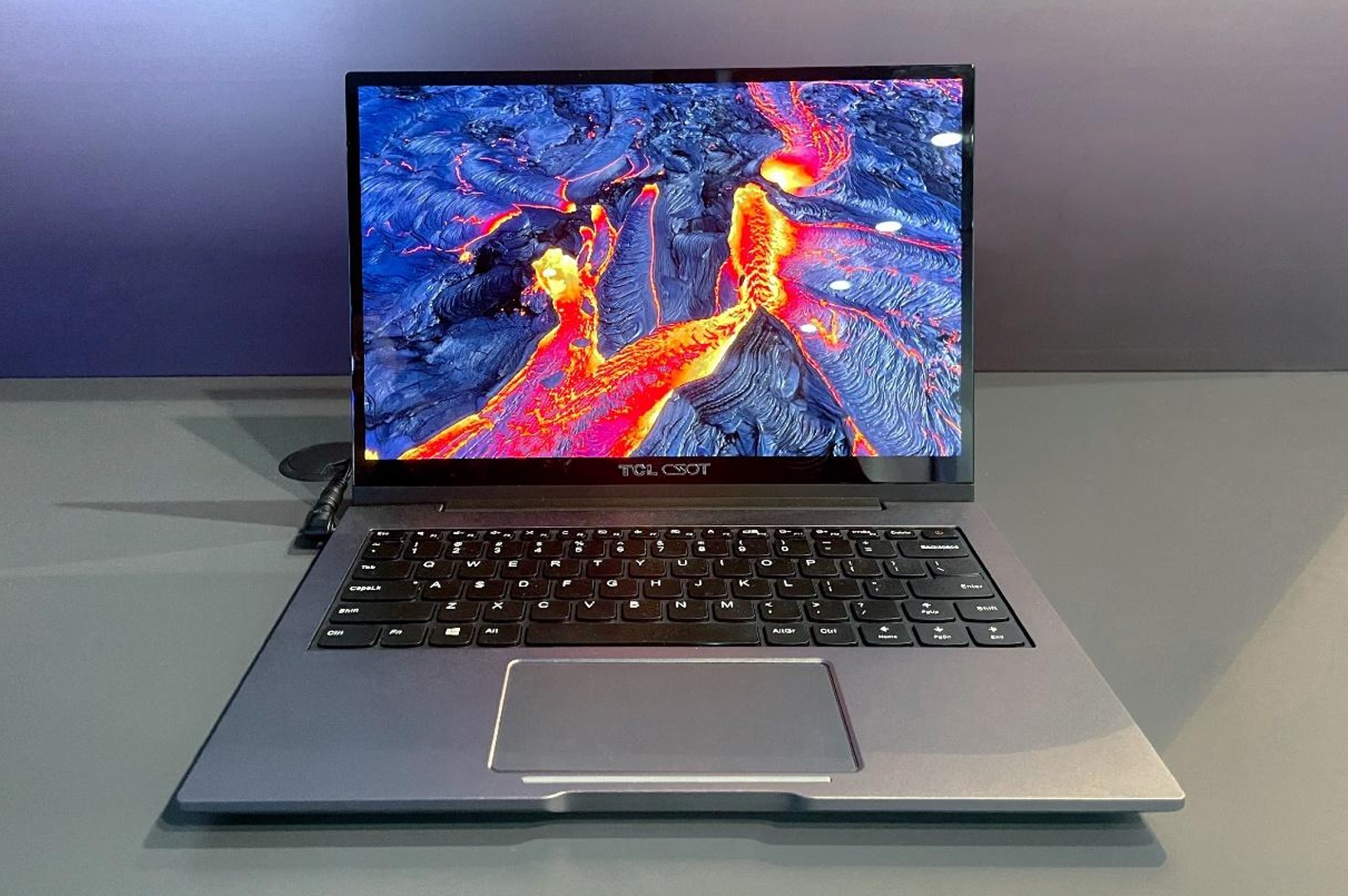
Another advantage of the OLED printing technique is its competitive cost. As you know, current OLED solutions are very expensive for consumers. That’s because the materials, the process itself, and the equipment are very expensive. Meanwhile, with the OLED printing process, our investment is much lower than with the conventional FMM OLED manufacturing technique, because the process is simpler.
With IJP OLED, the rate of material utilization is much higher than with the FMM OLED process, because this technique just applies electroluminescent materials on the substrate through a printing process. So the utilization of the electroluminescent material for printed OLED can exceed 90%. Compare that to the FMM OLED process, where the material utilization may be below 20%, sometimes much lower.
The IJP OLED process lets us provide our customers a high display performance at a reasonable cost
In conclusion, the IJP OLED process lets us provide our customers a high display performance at a reasonable cost. So we think that IJP OLED is a technology with huge potential. We will accelerate the development of this technology in order to realize mass production.
Our target is to deliver our first IJP OLED products to our customers by the end of this year, and this is what motivates us. Our first IJP OLED product could be a professional display such as a high resolution medical display. Potentially, this could be followed by a gaming monitor. And then we will adopt the IJP OLED technology for notebooks, tablets and other products.
With increased screen time, eye health is paramount. What efforts and innovations are TCL CSOT working on to address this concern?
Eye health is an important topic for me. More children wear glasses, and I am worried about this phenomenon.
Because of the prevalence of eye problems in young users, at TCL CSOT we’re on a mission to incorporate more eye health features into our products, both for children and for the next generations of users.
At TCL CSOT, we’re on a mission to incorporate more eye health features into our products
We have multiple solutions for eye health. These include low-reflection displays, low blue light displays. We also develop e-paper solutions. So we have multiple solutions for eye health and eyesight protection products. And we will continue to innovate and develop more products that protect the vision of users, both children and adults.
At CES 2024, TCL CSOT has introduced several innovations related to the concept of “intelligent cockpit.” What is TCL CSOT’s strategy on automotive displays? What are the opportunities you see in the automotive display market?
For automotive display, we provide a comprehensive suite of technologies and product solutions to our customers.
That includes for example applications like gauge displays that show the speed and other important information for drivers. We have interesting innovations in this area, like placing a camera behind the display, which can correct the driver’s behavior when needed – for instance, it can warn you if you are excessively tired. You can also identify the driver this way, so if you are the owner of this car the car will recognize you, but otherwise it can’t be used.
The screens can display information like navigation and maps for the driver, while the passenger gets other information or even entertainment, like a movie. Another innovation is privacy control, to ensure that the driver is not distracted by the content on the passenger side. This ensures safety.
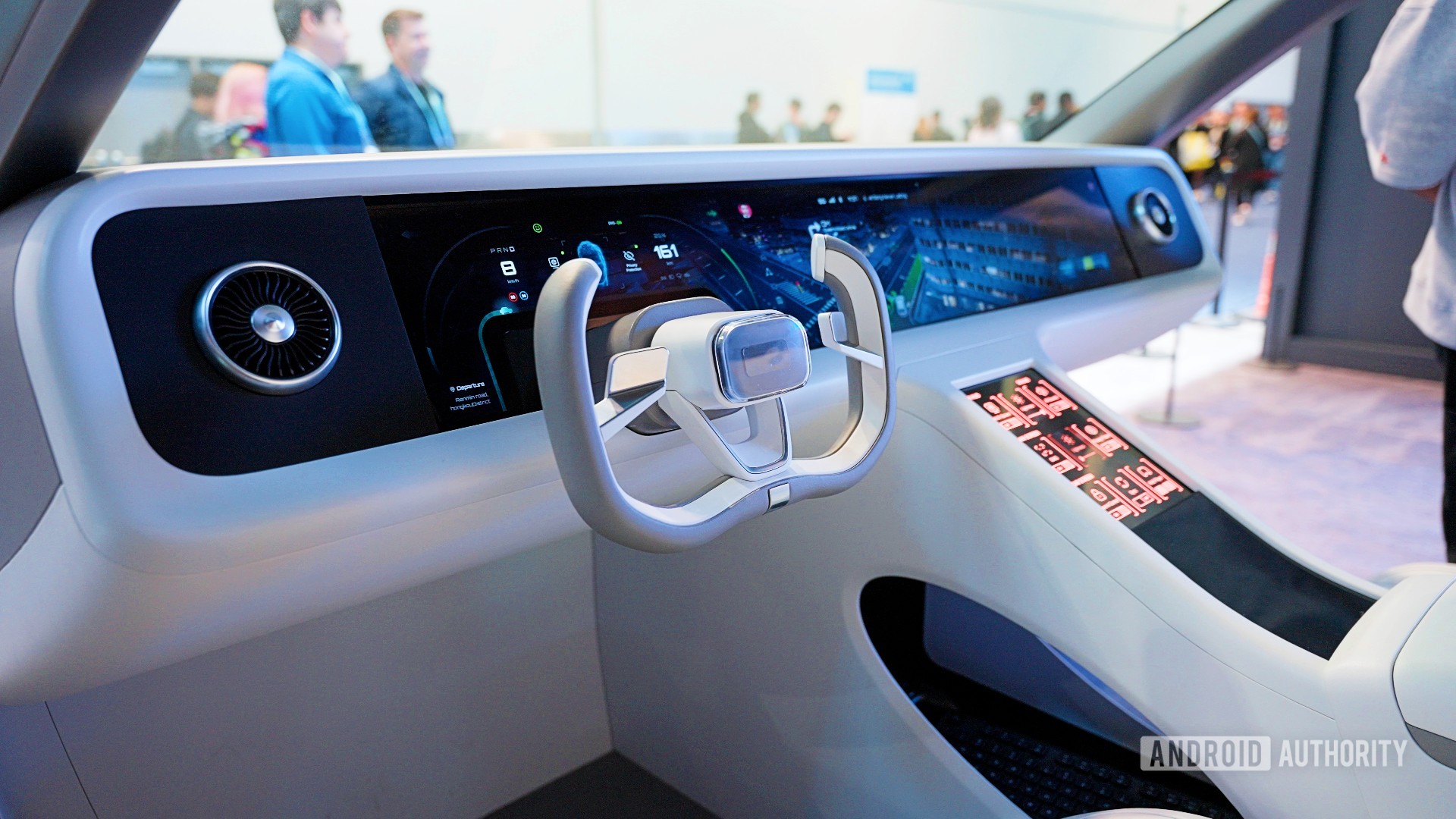
Damien Wilde / Android Authority
Of course, all the screens are touch enabled, allowing you to control various functions of the car, like the HUD, the brightness of the displays, or the sound volume.
In terms of automotive display trends, their size will be quite bigger. But there is a size limit – I don’t think big sizes like large-size TVs are a good solution. I think maybe screens like our 40-inch units are suitable for future vehicles.
The other big trend is the resolution will be higher and higher. Display performance in general will be enhanced in automotive displays. Right now, the reliability of automotive displays is very high, but their performance is lower than on consumer products like phones. So in the future, the performance of automotive displays will improve constantly, in areas like the resolution, the contrast, the touch response, and connectivity.
We’ll work to make sure that the display in your car is an interactive partner, not just a screen
We’ve also adopted Mini-LED backlighting in automotive displays, so there is a high contrast. And in some circumstances, if you don’t need to see so much content, when you drive the car, you can turn off some areas and focus on the important information for driving.
We’ll work to make sure that the display in your car is an interactive partner, not just a screen.
Modern gamers demand high-performance displays. What new technologies is TCL CSOT introducing to cater to the gaming community’s needs?
One of the most interesting products that TCL CSOT showcased at CES 2024 is a 57-inch dual UHD Mini-LED HVA curved monitor display. It’s absolutely amazing. Probably its biggest advantage is the large size of 57 inches, and the second key feature of this product is its extremely curved design. Large curved displays can provide gamers with an extremely immersive experience.
Another advantage of this gaming monitor is its high resolution, achieving a 8K resolution, and a refresh rate of up to 240Hz. It also adopts a Mini-LED backlight module, so it’s high-contrast. As a result, the color is very good for the user.
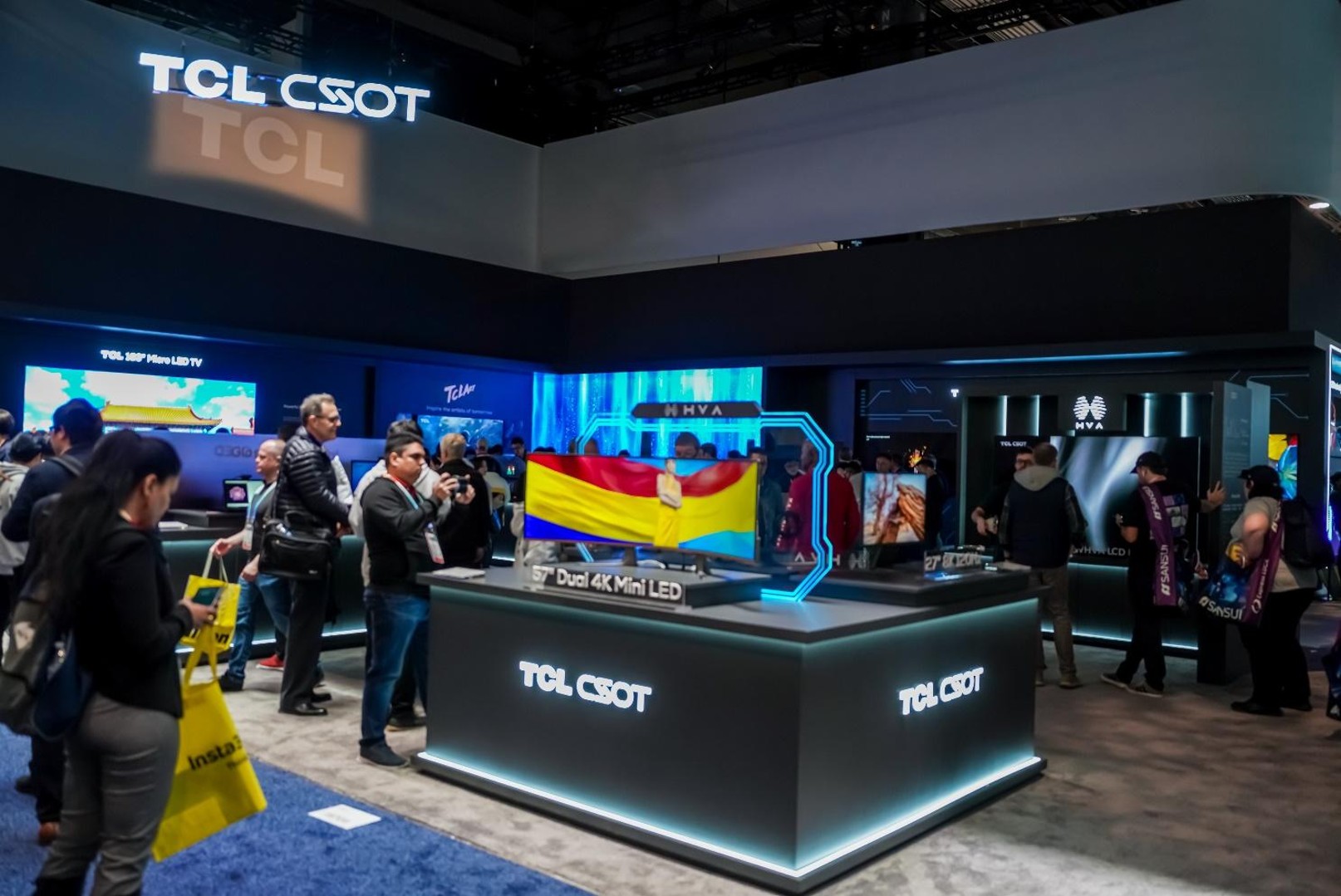
Actually, TCL CSOT has only been in the gaming monitor market for a short time. We just launched our gaming monitor business only in 2019. It’s a short history. But our development is very fast.
We also have other products of higher resolution up to 8K. And based on the high-resolution display, we can develop different applications. For example, 3D displays, which must be based on high resolution panels, because the 3D will cut the resolution down in half. So the original definition is 8K but we can realize a 3D display with 4K resolution, which is still high.
Looking beyond CES 2024, what is TCL CSOT’s roadmap for display technology, and how do you plan to continue driving innovation in this field? In particular, can you discuss your approach to creating displays that are both bright and energy-efficient?
When it comes to our roadmap, the first step is we will expand our product applications to all applications, including all fields of display manufacturing.
Secondly, we will improve our display performance and specifications for traditional display technologies, such as LCD. LCD is a traditional display, but there is also still a big space to improve LCD performance. So we have a lot of work to do to improve this.
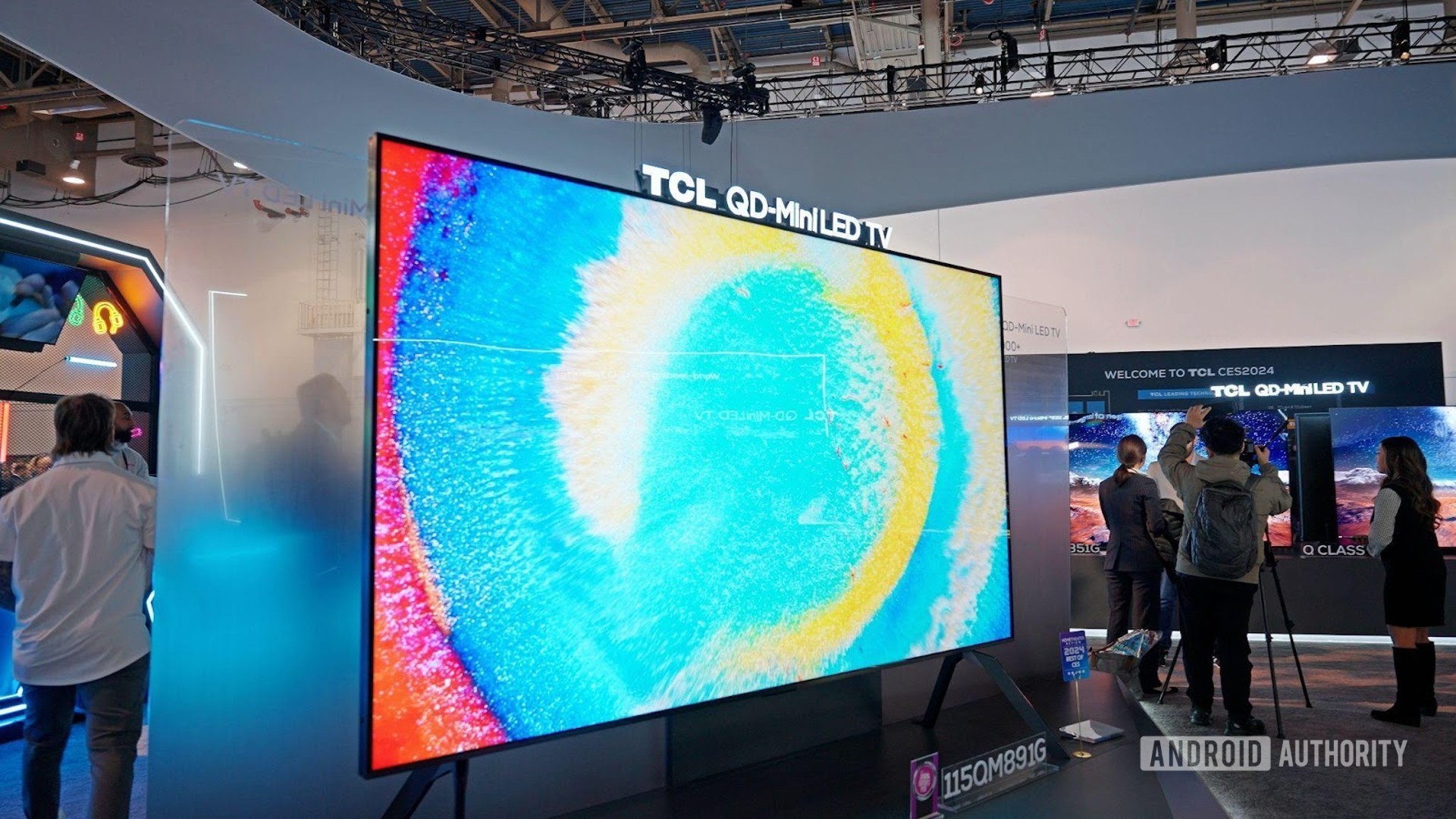
Damien Wilde / Android Authority
Thirdly, we will improve our new technology, for example FMM OLED for mobile phones. Last year we made good progress in OLED products for mobile phones. Our solution offers narrow bezels and quick response times, and is accepted by our customers. So our high-end products already occupy a big share in our lineup.
We have a lot of things, a lot of work to do to provide our customers with fantastic and incredible solutions
In the future, we will develop new technologies, for example IJP OLED. We have already talked about it. Other new technologies include Mini-LED and Micro-LED, in both small and large formats.
Micro-LED is a future technology, but the cost is high, so market share remains low. So we need to first improve the performance of Micro-LEDs, and on the other hand, we need to make it affordable.
In the future we will develop other technologies, such as large-size e-paper displays and more power-efficient LCDs. So I think we have a lot of things, a lot of work to do to provide our customers with fantastic and incredible solutions, and to empower a more advanced, connected, and healthy future with “display everywhere.”



